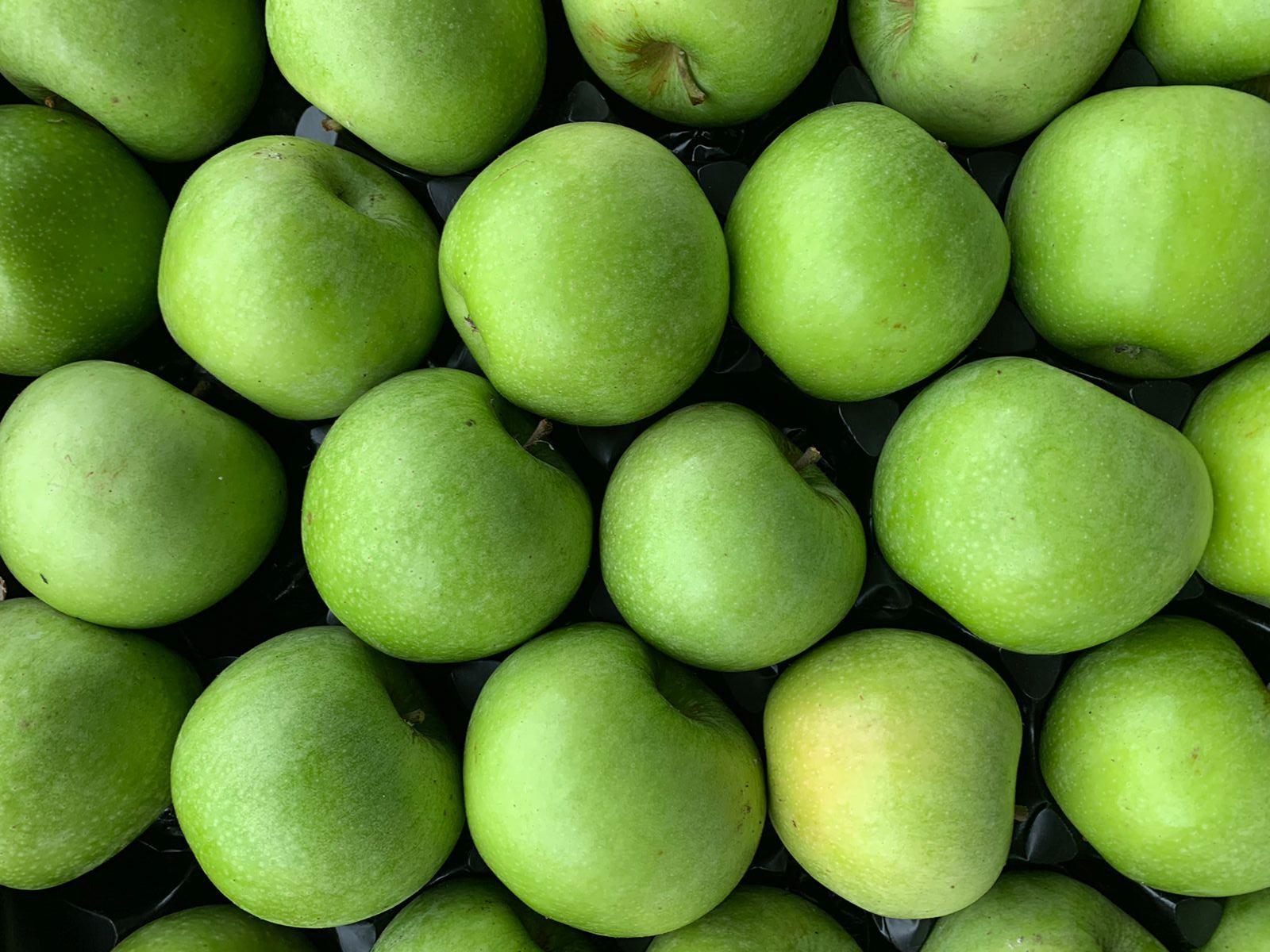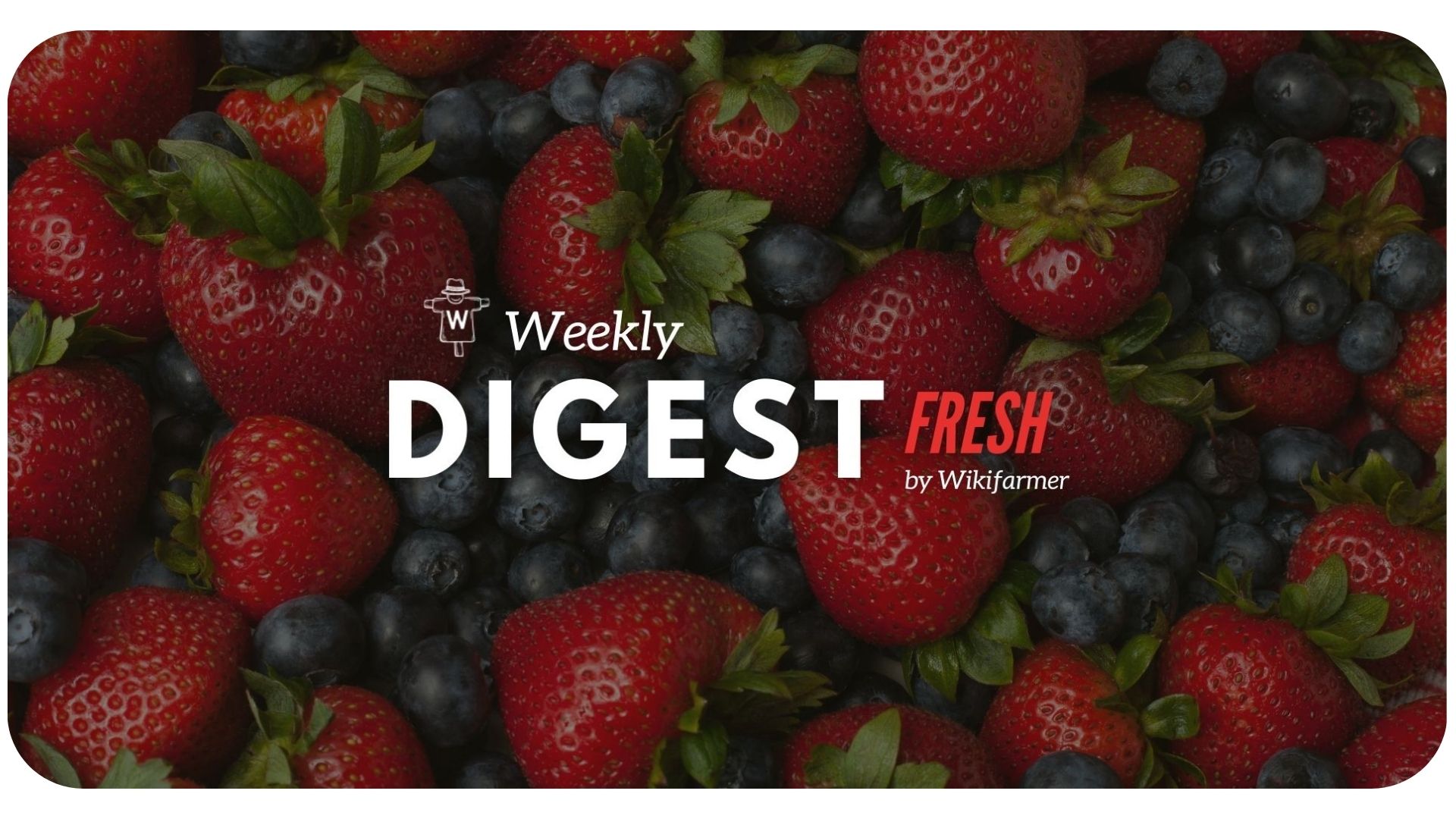Insights on the current European Apples Trade

In recent years, consumers have shown a growing interest in food products that are free from preservatives and undergo minimal processing. Research shows that their growing health and environmental concerns are directing them towards incorporating larger quantities of fruits and nuts in their everyday diet. But it is not just the quality of the food products, which are considered better the fewer additives they contain and the fresher they are; nowadays, consumers also pay attention to the impact that production and logistics processes implemented by businesses have on natural habitats.
A fruit that has remained on the list of the most consumed fruits in Europe for many decades is the apple.

Italy, Germany, and France make for the most fervent consumers of apples, and their interest in the fruit is projected to steadily increase. It is well known that, especially in Germanic countries, consumers love apples and their derivatives, as confirmed by our agents on the field for Germany and Austria. As an example, we reference the most purchased fresh produce items for these two countries in 2020:

Europeans have a long-standing love for apples and for good reason. Apples are produced in large quantities in Europe and can be stored for months, leading to frequent consumer exposure. A noteworthy attribute of the apple trade in Εurope is the fact that more than 80% of produce is destined to be consumed as fresh produce by end consumers ("table apples"), and only the rest of that goes for further processing ("cider apples").
The three most widely produced apple varieties (in terms of production volumes) in the EU are Golden Delicious, Gala, and Idared, while the major apple-producing countries are Poland, Italy and France. Even though they are abundant in our continent, apple crops primarily depend on the weather, which is beyond anyone’s control. The quality of crops is impacted by spring frosts, drought, torrential rain, or hail.
These factors pose a source of uncertainty for supply-side operators in the market. However, due to the increasing demand for fresh produce without preservatives (as opposed to processed fruit products), suppliers face additional challenges in terms of both financial cost and technicalities to be surpassed. This situation also affects the B2B buyers' side, as they need to source the best product that fits their budget and quality specs at the right time so that it is in optimal marketable conditions before being pushed down the distribution chains.
The drop in consumer interest in juices in favor of fresh fruits is evident in the following chart with data from Statista Market Insights, which shows a continuous downtrend in fruit juice/nectar consumption in the EU:

The above conditions make it evident that both suppliers and B2B buyers of apples need to maximize the effectiveness of their sourcing and distribution procedures to suffer from the least amount of friction possible. To take this hassle out of the daily processes of those operators so that they can devote their time to operations that matter most for their long-term prospects, like planning their go-to-market strategy and optimizing their production processes.
.png?width=450&height=87&name=New%20Logo%20(1).png)

